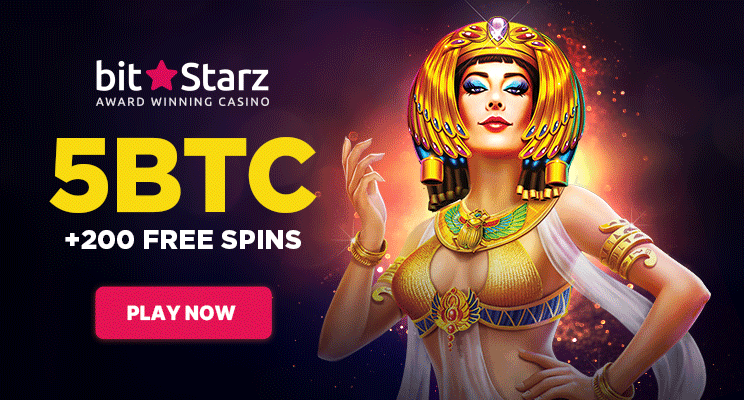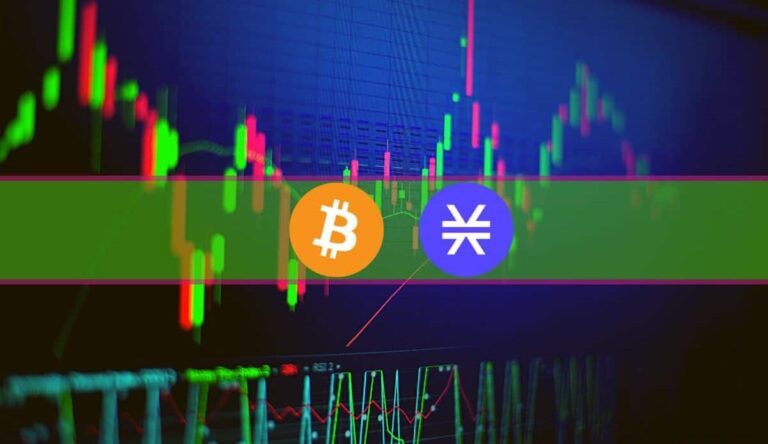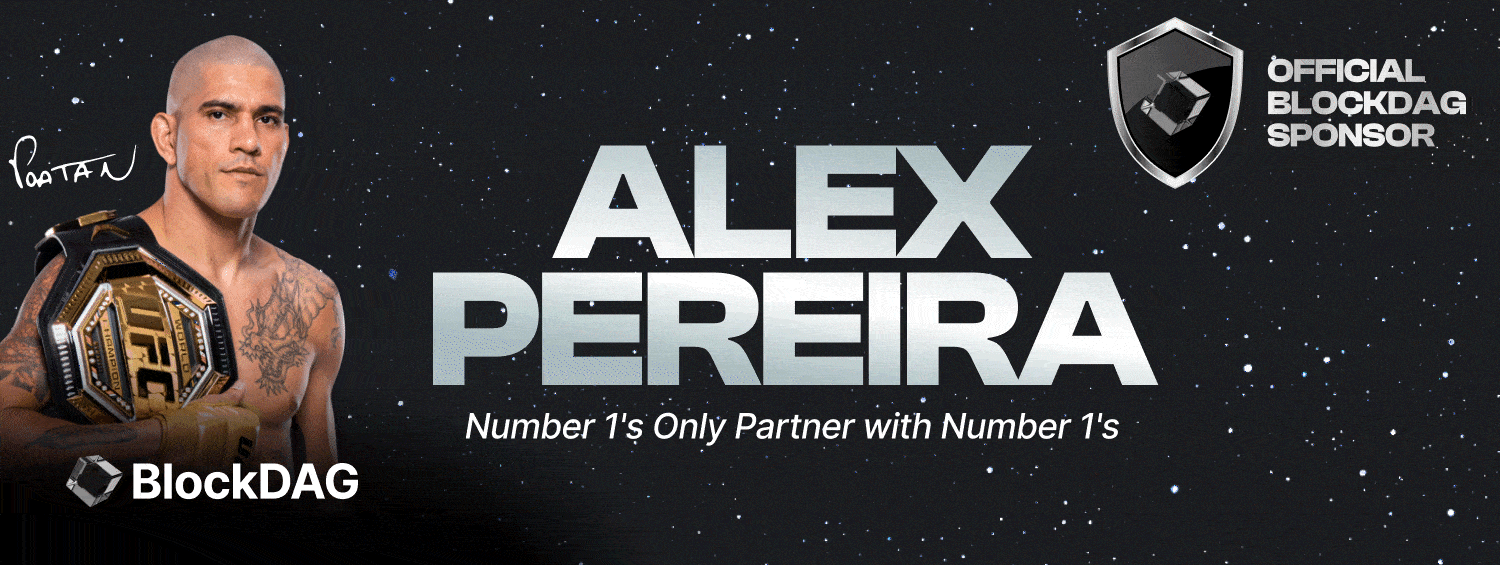While Bitcoin (CRYPTO: BTC) started the crypto movement, the arrival of Ethereum (CRYPTO: ETH) altered the trajectory of the asset class forever. As the first programmable blockchain, Ethereum’s smart contracts meant developers could build applications like decentralized exchanges, non-fungible tokens (NFTs), stablecoins, and much more. Collectively grouped as decentralized finance (DeFi), Ethereum’s novel functionality helped it grow by more than 80,000% from 2016 to 2017 and set the stage for the next chapter in crypto’s evolution.
But now things are coming full circle. While Bitcoin doesn’t inherently possess the infrastructure to support true smart contract capabilities, advances in technology are giving the original cryptocurrency a chance at DeFi. If you missed out on Ethereum’s rise, you won’t want to miss out on this Bitcoin-centric blockchain leading the new era of finance — Stacks (CRYPTO: STX).
Bitcoin’s noble sidekick
Known as a Layer 2 blockchain, Stacks has a symbiotic relationship with Bitcoin. It uses a proof of transfer consensus mechanism which is powered by Bitcoin miners. These miners form the foundation of Stacks’s intricate and deep-rooted relationship with Bitcoin.
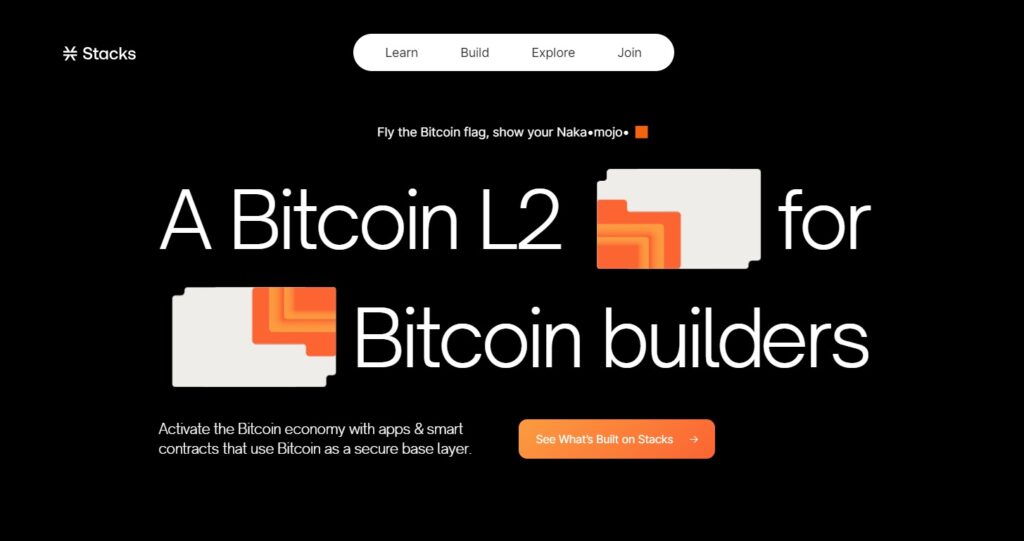
Stacks’s Bitcoin-interdependence is deserving of its own analysis. It can be a little complex and might be best saved for another day. Of more importance, though, is the true power Stacks brings to the table — smart contracts.
With Stacks, developers can build decentralized applications just like on Ethereum, but because of the layered configuration, transactions reach finality on Bitcoin. Due to this relationship, the security of Stacks essentially becomes backed by Bitcoin’s unparalleled security. Not to mention, Stacks also provides faster speeds and lower fees, two known pinch points of Bitcoin.
The beginning of a new era
As it currently stands, Stacks provides a new way to leverage Bitcoin, but it doesn’t do so in true Bitcoin fashion. Today, users still pay for transactions with the STX token and don’t have the ability to natively use Bitcoin in DeFi. However, this is on the verge of changing.
In summer 2024, Stacks plans to launch sBTC, a two-way pegged token that unlocks Bitcoin’s true DeFi capabilities. With sBTC, Bitcoin holders will be able to exchange their BTC for sBTC, and then use that sBTC to participate in the DeFi economy. Furthermore, since sBTC tracks Bitcoin’s price, users can redeem the token for their original BTC holdings without any price slippage.
Unlike existing Bitcoin-equivalent tokens, the sBTC conversion process is conducted in a decentralized fashion through the use of smart contracts and multisig wallets, which have a higher level of security. By effectively minimizing counterparty risk, not only does Stacks give Bitcoin a much needed DeFi makeover, but it does so without making any compromises to its decentralization and security.
Quantifying existing demand
To quantify just how momentous all this is, take a look at Wrapped BTC (CRYPTO: WBTC), a token that tracks Bitcoin’s price but that is hosted on Ethereum. By exchanging Bitcoin holdings for Wrapped Bitcoin, users can engage in the various DeFi protocols that Ethereum is so popular for and then later redeem their original Bitcoin.
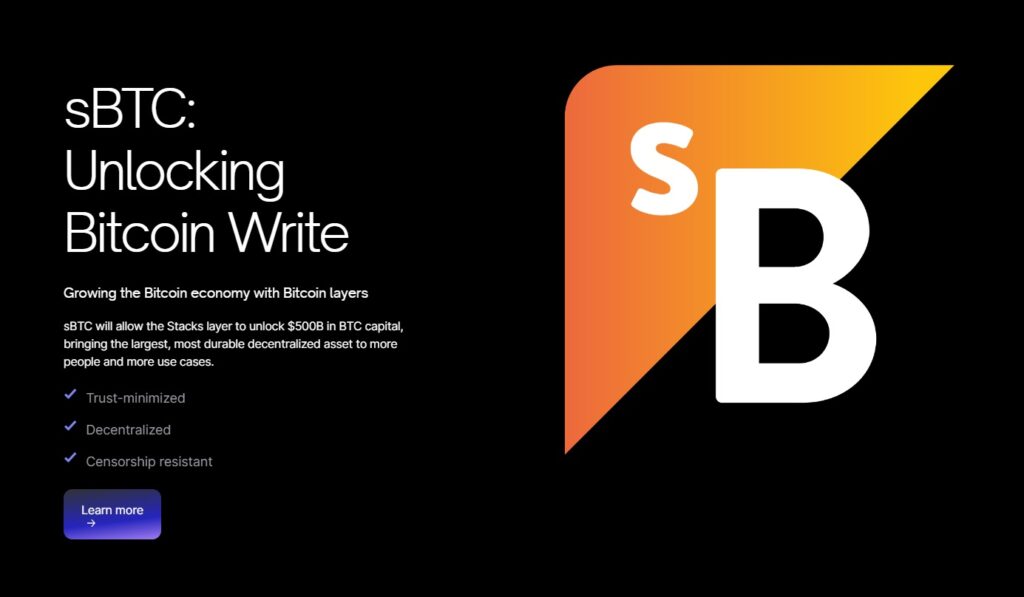
This process is very similar to what sBTC will accomplish, but with two major differences. First, Wrapped Bitcoin introduces counterparty risk, as it relies on a centralized intermediary to facilitate conversions. Second, the token operates on Ethereum and therefore has no synchronicity with Bitcoin’s blockchain.
Even with these lapses in functionality, there is considerable demand among investors to use the Bitcoin equivalent in the DeFi economy. Look no further than Wrapped BTC’s market cap as evidence. Worth more than $6 billion, Wrapped BTC is the 17th most valuable cryptocurrency on the market today. If Stacks were to replace Wrapped BTC’s role, it could see its $2 billion market cap rise more than three-fold.
The opportunity at hand
Comparing Stacks to Wrapped Bitcoin is likely underselling Stacks’s potential. Bitcoin is the most prominent cryptocurrency, and interest in using it for more than just sending or storing value is growing. Take the surge of Ordinals, for example. This innovative solution was launched in early 2023 and essentially allowed for the creation of Bitcoin-based NFTs. In 2023 alone, 1.6 million Ordinals were bought, generating more than $1.8 billion in total sales.
Quantifying Stacks’s true potential can be difficult. But famed venture capitalist, billionaire, and crypto enthusiast Tim Draper might have summed it up best in a December 2023 interview. In his appearance on CoinBureau, Draper compared Bitcoin to Microsoft, the foundational operating system of a computer, and Stacks as the development layer, where popular applications like Word, PowerPoint, and Excel can be built and used.
Projecting just how high Stacks could go is inherently speculative, but if just a fraction of Bitcoin’s roughly $850 billion market cap made its way to Stacks, a scenario reminiscent of Ethereum’s early and explosive days could form. Bitcoin’s DeFi era is only in its beginning stages, and Stacks is perfectly positioned to benefit.
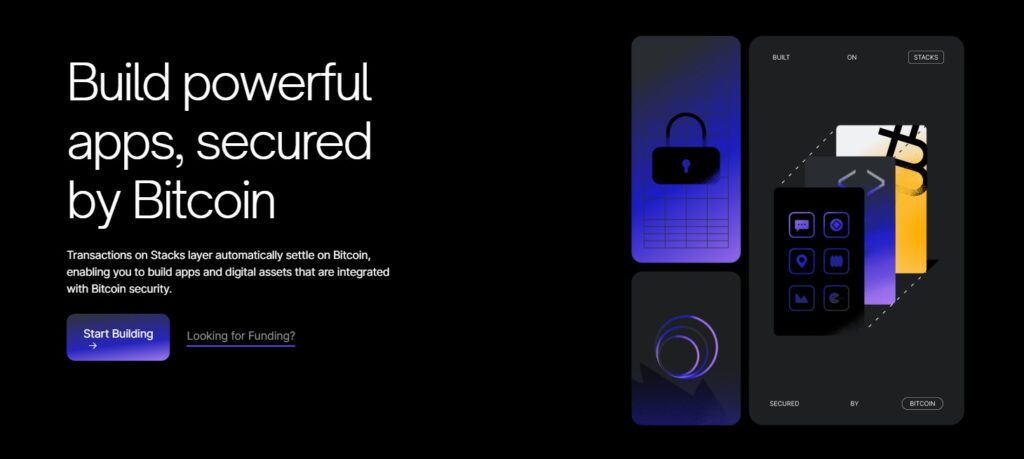
Should you invest $1,000 in Stacks right now?
Before you buy stock in Stacks, consider this:
The Motley Fool Stock Advisor analyst team just identified what they believe are the 10 best stocks for investors to buy now… and Stacks wasn’t one of them. The 10 stocks that made the cut could produce monster returns in the coming years.
Stock Advisor provides investors with an easy-to-follow blueprint for success, including guidance on building a portfolio, regular updates from analysts, and two new stock picks each month. The Stock Advisor service has more than tripled the return of the S&P 500 since 2002*.
*Stock Advisor returns as of January 29, 2024
RJ Fulton has positions in Bitcoin, Ethereum, and Stacks. The Motley Fool has positions in and recommends Bitcoin, Ethereum, and Microsoft. The Motley Fool has a disclosure policy.
Missed Out On Ethereum? Buy This Crypto Now was originally published by The Motley Fool
© 2024 Yahoo Finance
